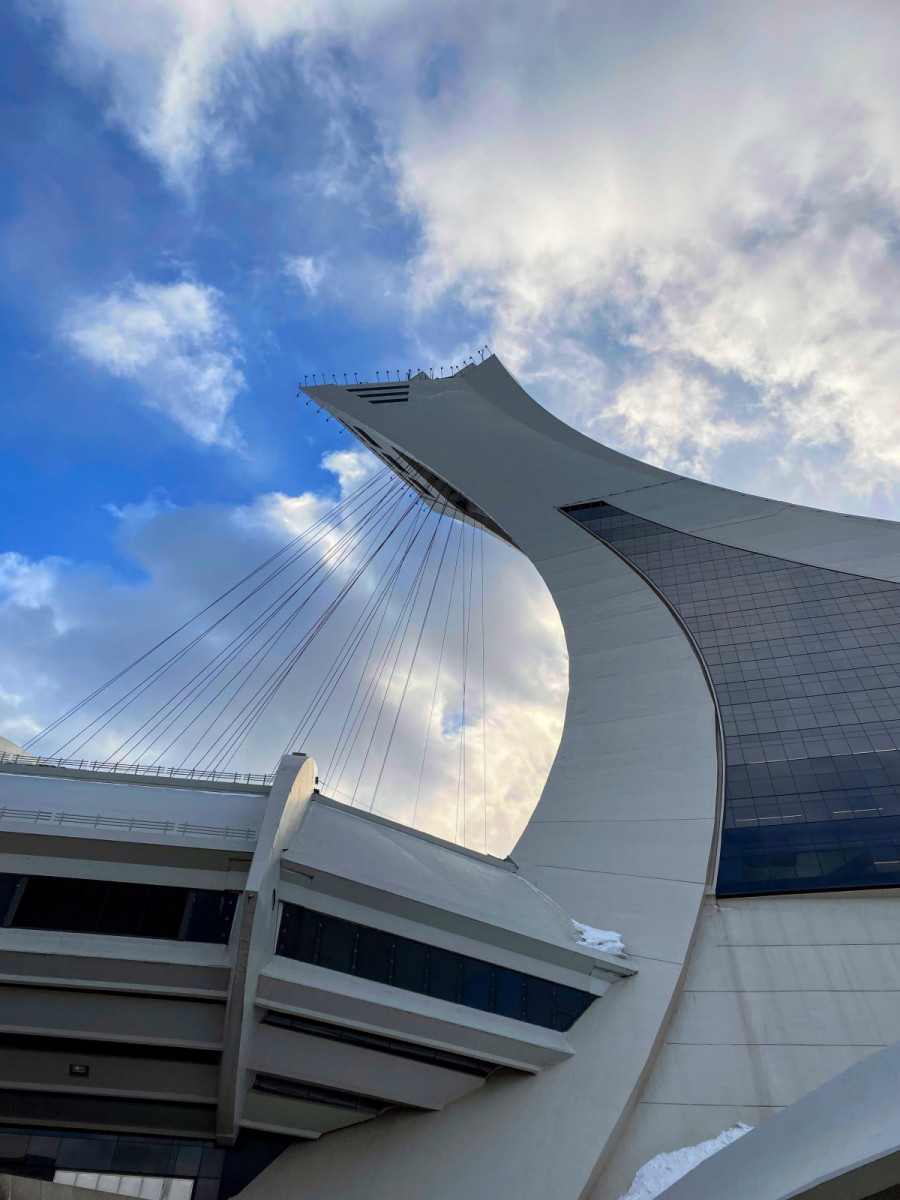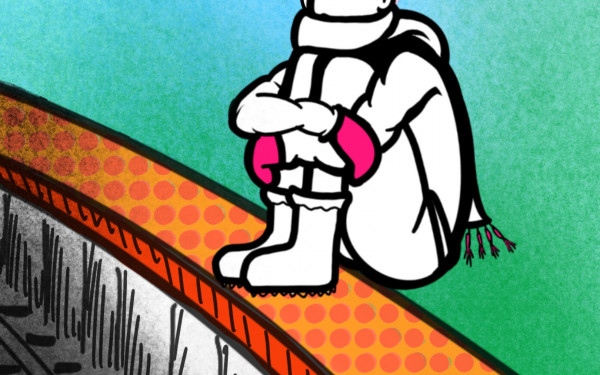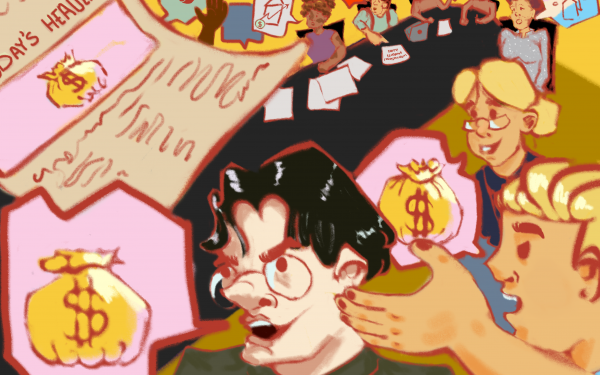Editorial: It’s broke, don’t fix it
On Feb. 5, the Quebec government confirmed that the Olympic Stadium’s roof repair would cost $870 million.
Ever since the roof was completed in 1987, it has never really worked as intended. Portions of the roof notoriously collapsed in 1991 and 1999, yet the city believes a facelift will solve the impending dome doom.
Another option for the Olympic Stadium is to entirely demolish it, a task proving harder than imagined. Politicians, engineers and board members are unsurprisingly against the demolition and have said that demolishing the stadium could run up to $2 billion, despite financial and engineering experts questioning the exact figure.
In 2017, preserving the Olympic Stadium was justified through its heritage status. Since “my father, your father, paid for it, built it. [...] It’s impossible, foolish to think about dismantling it,” said Michel Labrecque, head of the Olympic installation board at the time.
At the heart of the current roof renovation project is a blatant disregard for larger problems directly impacting citizens.
Clearly, Labrecque’s reasoning is that the roof is an ongoing issue which needs a solution since past generations paid dearly for it. Yet, the worry for other long-standing issues like basic human needs—cost of living adjustments, the healthcare and housing crises, unjust pay for public sector workers—are not as dire.
But, sure, fixing a roof that will likely cave in with enough snow mounted on top of it for a couple car shows a year should be our utmost priority.
Speaking of car shows, the empty promise is to generate revenue for the city through additional events that could be held thanks to the renovation. Tourism minister Caroline Proulx said the renovated stadium could accommodate large shows for mega-celebrities like Taylor Swift or Beyoncé. With all these potential events, it is estimated the stadium itself could generate a whopping $1.5 billion over 10 years—or barely half of the construction fees. It’s to note that the ideal outcome for the roof would be that it lives to see 50 years. The future is short for the Olympic Stadium.
It’s funny to see the Legault government concerned with revenue when actions such as a decrease in funding for Montreal’s English universities—and the consequent diminishing enrollment numbers—will have the opposite effect.
Less student traffic will have consequences on the workforce down the line but, immediately, neighbouring downtown shops and restaurants reliant on student traffic will be greatly affected. The impact of the decision to cut funding alone has had repercussions, but the benefits from extra events remain to be seen.
The other promise was for housing to be constructed in the residential neighbourhood surrounding Olympic Park. At the end of the day, it is solely a promise given by a man who has shelled out numerous empty ones.
The estimated revenues for the stadium, too, are a promise, and they will likely not be as high as predicted. Cost overruns have plagued the Olympic Stadium since its inception. When construction began in 1970, the budget had been set for $134 million, but the final costs were well over a billion dollars.
The Big O might need a new top, but it’s a bottomless money pit at best.
This article originally appeared in Volume 44, Issue 10, published February 13, 2024.


_600_832_s.png)


_600_375_s_c1.png)
_600_375_90_s_c1.JPG)
